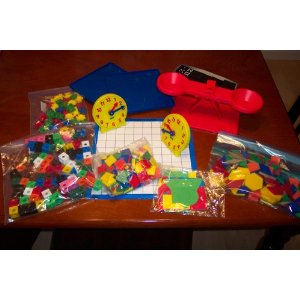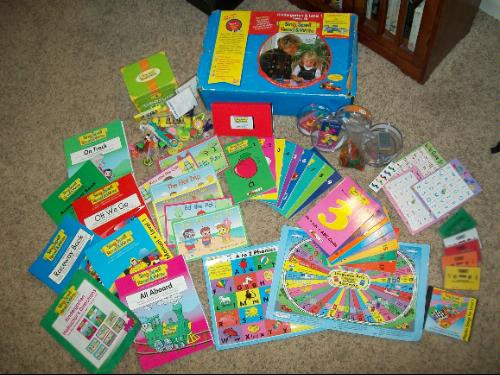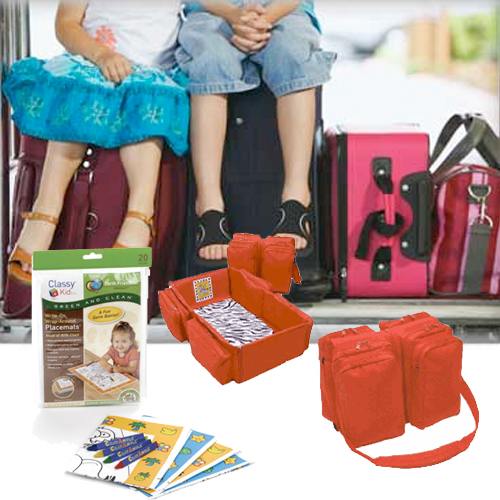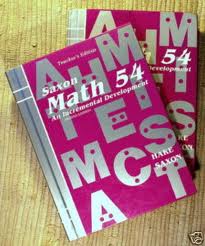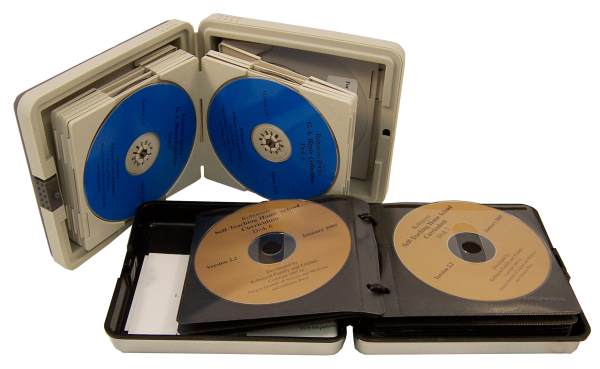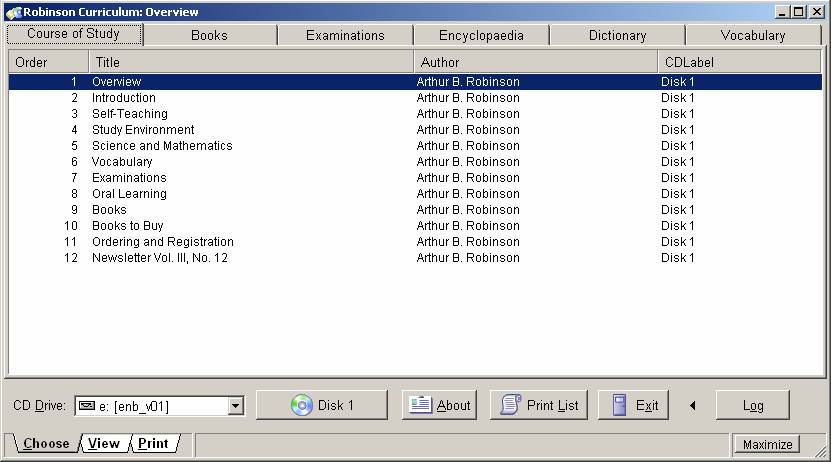Education does not have be boring for anyone, otherwise learning does not happen!
All of us learn new things when we are having fun, and schooling is no different. Many Indian and other parents start teaching kids at home way before preschool age. When I teach or share knowledge with younger kids, they are like sponge, they absorb everything and naturally curious about things. Somehow many kids and adults lose that natural curiosity as we grow older and we focus on getting scores or passing instead of learning.
7 Ways to Motivate Learning:
Here are 7 ways I have found to motivate learning in a child (or an adult). These tips are written with homeschooling child in mind, but I am sure it will be applicable to public or private school going child as well. While, my experience is teaching younger kids, I hope these tips will work for teenager’s education as well.
1. Do Not Compare:
Comparing your child with another child of same age might be tempting but it will not flourish the young mind. All kids and adults have unique talents and we all work at our own pace. It will not matter if 7 year friend’s child knows how to read piano music or 4 year old neighbor kids can ride bike without training wheel. Kids learn best when they are ready to learn. That is what Sadbury method or Jiddu Krishnamurthy methods have been working for many kids.
2. Competition Free Education:
We are always pitted against our peers to compete in many subjects since we are born. Schools and colleges are big examples for it with grades or being best student. There is no win win situation as there can be only ONE person who can be 1st, rest of kids may feel dejected. While healthy competition can bring out the best in some kids, in majority time, competition kills the enthusiasm, specially for someone who keeps being second best. Learning is a process and it should be treated as a result.
3. Memorization is not Real Learning:
Many educational system may encourages memorization and while kids seems intelligent, most kids forget what they memorized during summer break. Any memorization without real understanding will not take deep root of understanding, and hence will not remember what they have learned tomorrow. I am one of these prime example of it as I do not recall what I have learned in my engineering classes but I do recall what I truly understood things and had interest in it. If you have passion for something, you will retain the knowledge much longer.
4. Rewards for Simple Tasks are not needed:
Our current educational system is quick to punish and quick to give rewards for small achievement. Many experts think they are actually hindering the learning process and I agree. Giving Physical reward is different then showing encouragement to a child. When a child is shown a reward of food or new toy, learning is not goal but finishing the task to get a reward becomes the main goal and learning stop. Our mind is like a parachute, it works only when it is open. Child should learn something because there is an interest in it, not because of the reward.
5. Do not blame child for failing:
When a child has failed in learning new concept or old one, do not blame him or her. Do not even blame system. Try to find out the root cause of the failed issue. You may want to step back and take a break or see it from new perspective. Sometimes, child may have certain way to learning style that may be different from teacher’s teaching style. We all learn different way such as some learn better by visually seeing, some learn best for listening the step by step process and some of us learn best by actually trying our hands on it. Find out your child’s learning style. There might be some other issues or simple things that may make understanding the subject easier. Before you blame anyone, try to find the main cause and fix it and love and joy of learning will be back in the child.
6. Learning does not have to be expensive:
Many Asian Indian and other education minded parents spend fortune on kid’s private school, software, special tutoring programs and books. One does not have to spend lot of money for learning to happen. There are lot of free to cheap resources such as public library, PBS station, a few online websites and daily living can be part of learning.
For example, young kids can be taught colors when you fold your laundry, you can point out colors. Teaching shapes is easy as our own home or apartment have furniture, door, clock in various shape. Talking to grandparents or neighbor can make kids and us learn things from different time. My kids learn old mythical stories from his grandparents. Learning can happen anywhere, anytime. It is not confined to school or 9-3 time. There are many ways to finance your education if you are homeschooling or supplementing public school education.
7. Non Traditional Ways of Teaching and Learning:
My mom was a teacher and writer so she taught us at home, when we came from school and learning happened without us knowing that it was education. Learning happens when are having fun. For example, if your young child loves only cars, how can you teach math, history and science with it? It is possible, and it is called Unit Studies. In Car unit studies, you can learn history by learning and reading about early transportation such as first car, you can add cars or take away cars game to teach math. You can teach colors by different colors of cars. Science can be taught by if metal cars sinks and plastic car sinks or not for younger children. For older children, one can learn how car engine works to teach science or technology.
If you or your older child likes Harry Potter then there are Unit studies ideas for that also, such as here.
Keep Learning! and Keep it Fun!
Your Turn: How do you keep yourself or your child motivated to learn new things?
This was originally posted at Heart and Mind blog by Zengirl, it is reproduced with permission here. Source: 7 ways to motivate learning:
